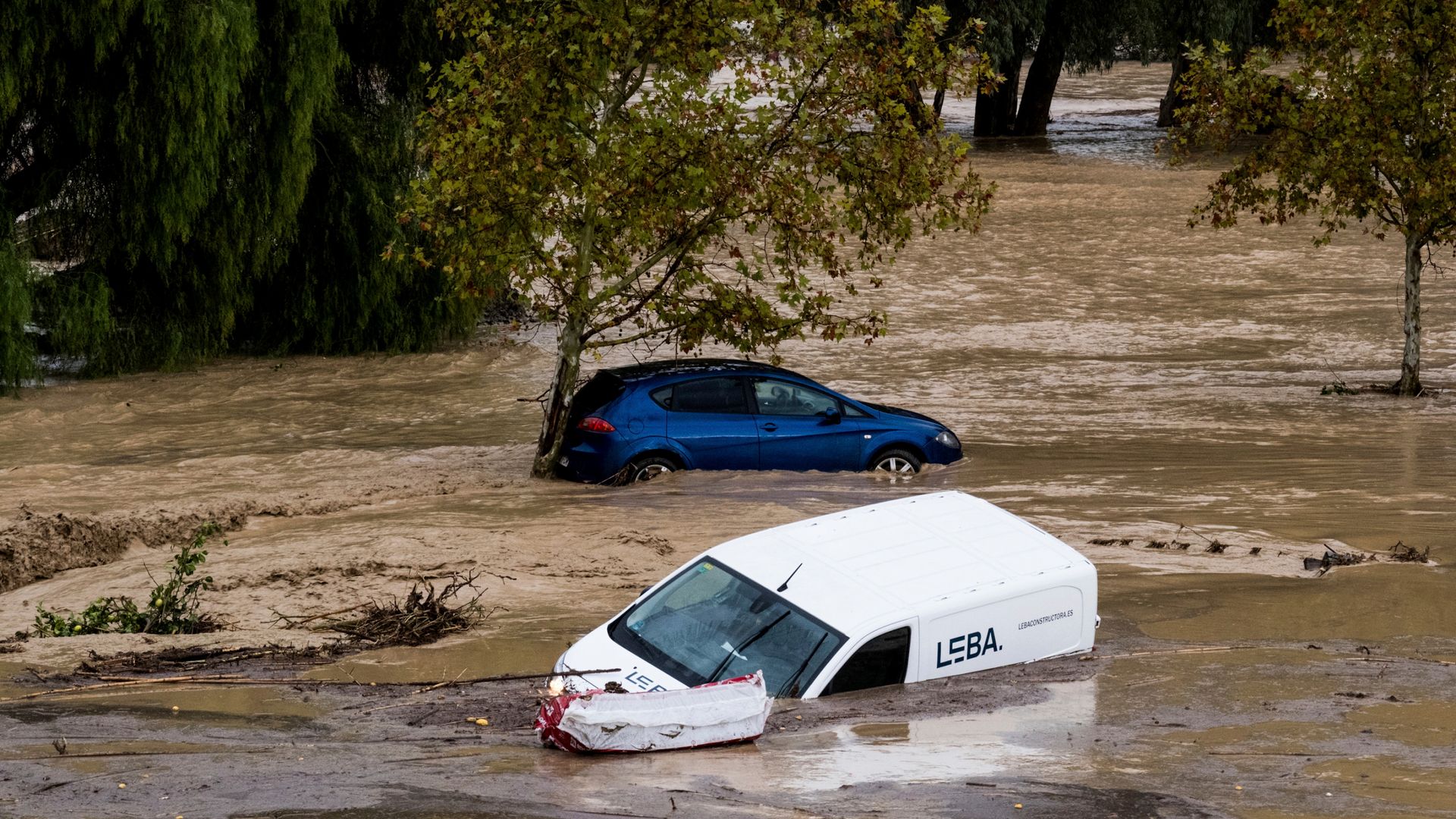
When five Maine State Ferry Service crew members spotted an overturned kayak near Grindle Point at about 2 p.m. on Friday, they sprang into action, delivering passengers to Lincolnville before doubling back to help.
But at first, they didn’t see anyone in the water.
Between the worsening weather conditions and the fact that the kayaker was dressed in all black, she was hard to spot, said Kristian Rudman, one of the seamen from the ferry.
Although the seas weren’t unusually rough, the kayaker was missing essential gear including a life jacket and a sea kayak, Rudman said. The type of kayak she was using, a recreational kayak, doesn’t have bulkheads to prevent flooding so the boat was unable to be turned over once it filled with water.
The incident highlights the importance of using proper gear for the conditions when taking to the water, something that can mean the difference between life and death.
Rudman said the smartest thing the woman did was stay with her kayak, which was red and very visible.
The Margaret Chase Smith ferry crew used the rescue boat to save the woman, after finding she was too exhausted to climb the ladder they threw to her, Rudman said.
They took her to Islesboro to bring her to emergency services, Rudman said.
The Margaret Chase Smith crew regularly conducts drills for a variety of situations like fires, loss of steering and rescues, and that came in handy on Friday.
“Hopefully you never have to use [the drills],” Rudman said. “But when you do have to, it’s muscle memory and you just react and do what you have to do.”
The National Park Service guidelines on kayak safety include always wearing a life jacket, wearing a wetsuit in cold waters, checking the marine forecast and using a sea kayak when on bodies of water that aren’t still.
Jules Walkup is a Report for America corps member. Additional support for this reporting is provided by BDN readers.








